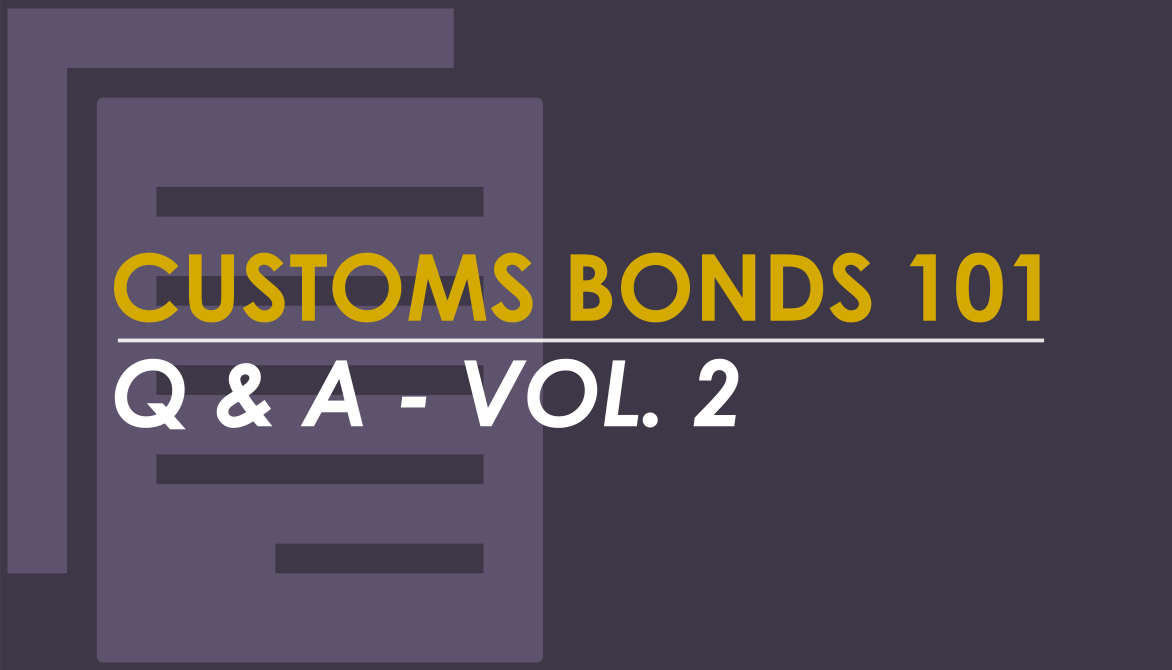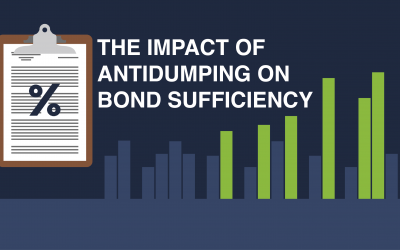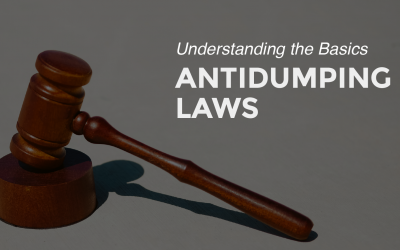We recently gave a presentation on the basics of U.S. Customs Bonds, called “Customs Bonds 101.” During the presentation, the attendees asked so many excellent questions, we felt like it would be a good idea to share some of them.
The first volume was published two weeks ago–this is volume two of “Customs Bonds 101”.
“My Company is switching sureties. What is the typical time frame, and what documents do I need to complete?”
A new bond can be filed with CBP within ten working days of CBP receiving the necessary bond documents. However, the application and underwriting processes need to occur first with the surety. Depending on the surety and your set of circumstances this can typically occur within a 48 hour period. However, if you have time, do not wait and I recommend planning 30 days in advance to ensure sufficient processing time.
“Is it possible for importers to subscribe to the Automated Surety Interface, and if so, what is the cost?”
The ASI is a surety protocol only, but your surety can provide you with this data at little or no cost. TRG offers Eagle Eye reports to its clients at no charge. Also, an importer can apply to receive their import information at no cost from CBP via ACE.
“Where can you check your surety’s rating?”
You can your surety for their A.M. Best Rating, or a Google search on “A.M. Best” to search their rating. A good rating is important. A less financially stable surety could have difficulty fulfilling their obligations to CBP and ultimately have their bonds refused by CBP. You then would be required to replace your bond with another surety.
“If you have never imported before and you have a shipment stuck in customs, what is the quickest way to get a bond?”
Most Customs Brokers have offices near the ports and have access to providing single entry customs bonds on an urgent basis. In this situation, a single entry Customs bond is the quickest solution. Thus a call to the customs broker who handled your entry. If you intend on importing on an ongoing basis thereafter, a continuous bond is the better option and can be purchased through a surety agent or Customs Broker.
We hope some of these questions and answers have proven helpful to our readers here at TRG Peak. If you have any further questions or would like clarification on any of these answers, feel free to use the comment section below.







![[Video] What Are Antidumping and Countervailing Duties?](https://traderiskguaranty.com/trgpeak/wp-content/uploads/2024/03/what-are-antidumping-countervailing-duties-YT-400x250.png)